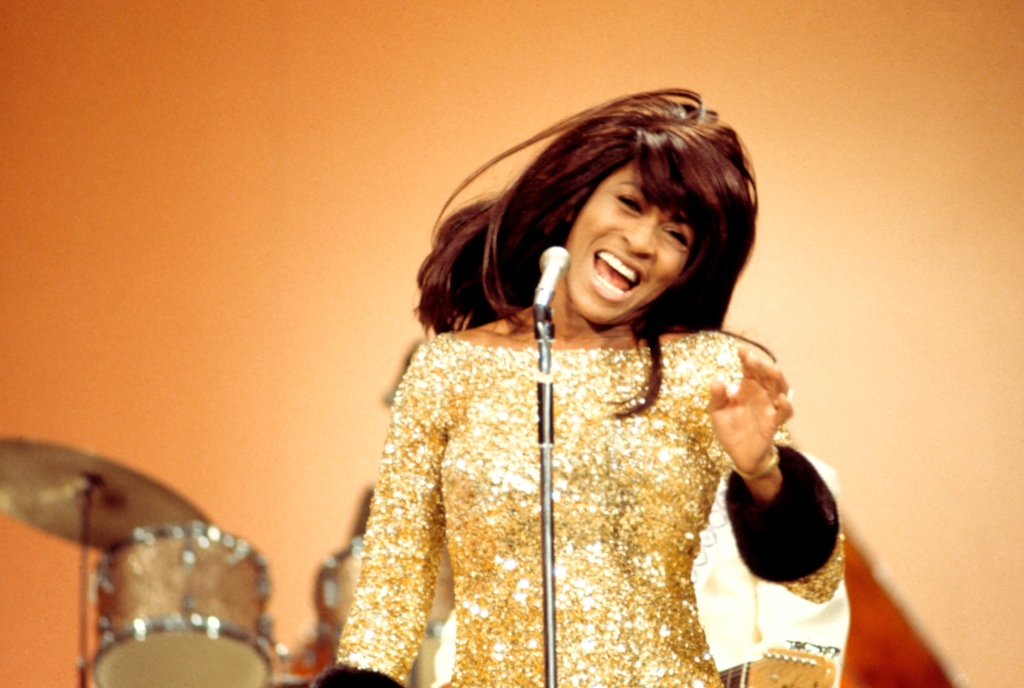Tina Turner showed us that black women could rock
What’s music got to do with it?
Somehow Tina Turner’s story — the ultimate survival tale of triumph over emotional and physical torture at the hands and black heart of her husband Ike Turner — became even bigger than a legendary career that saw her become only the second woman (after Stevie Nicks) to be inducted into the Rock & Roll Hall of Fame twice in 2021.
Even if you didn’t know one song by the woman born Anna Mae Bullock in Nutbush, Tenn., on Nov. 26, 1939 — who died at 83 on Wednesday, after living longer than many, including me, would have ever anticipated given all of her trials and tribulations — you knew that she was the epitome of endurance, resilience and unbreakable badassness.
But Turner’s story — immortalized by an Oscar-nominated performance from Angela Bassett that had folks feeling like she was long overdue when she lost out to Jamie Lee Curtis for Best Supporting Actress earlier this year — shouldn’t overshadow her impact and importance as an artist.
She was the first black woman who I — and many others — saw rock. No doubt, she was much more rock than R&B back when those two worlds did not cross the color lines.
In fact, my earliest memory of Tina Turner is when she was in “Tommy.” I may not have been old enough to actually see that movie when it came out, but somehow I still found out about this black queen who was playing the Acid Queen alongside all of these white men who didn’t look anything like me.
Tina was rocking way before Jimi, before Prince. When her “Private Dancer” comeback album came out in 1984 — the same year that Prince’s “Purple Rain” changed my world — she was like a brand new artist at 45.
She, as much as Prince, was part of a whole new revolution to me and many other black kids to show that we could rock too.
But it was the release of her 1985 autobiography “I, Tina” and the subsequent film it inspired, 1993’s “What’s Love Got to Do with It,” that really made me go down the rabbit hole to discover classics like her transcendent, transformative cover of Creedence Clearwater Revival’s “Proud Mary.”


It’s hard to think of another cover that was so completely owned by another artist that you don’t even realize it was a remake. Maybe Whitney Houston’s “I Will Always Love You” or Aretha Franklin’s “Respect” — originated by Dolly Parton and Otis Redding respectively.
But Turner’s “Proud Mary” — and don’t get it twisted, it’s Tina’s song even if it’s credited to Ike & Tina Turner — is something that will live on for generations to come.
As will her shoulder shimmy. And her wigs — the kind that she once boasted about buying by the old Palladium nightclub on 14th Street.


You see, that’s what made Tina, Tina. She was the black-chick rocker who inspired everyone from Janet Jackson to Beyoncé to crank up those guitars and let their inner Jagger out. Because she rolled with Mick and Bowie like that.
No doubt, it was fitting when Turner — in one of her last high-profile appearances before taking a well-deserved exhale — joined Bey at the 50th Grammy Awards in 2008. Queen recognized queen — and there were no secondhand emotions.
Read the full article Here


